16. August, 2025delish0
For the processing challenges of special materials (such as high-temperature resistant ribbons), ribbon slitting machines need to be adjusted in terms of material characteristics, equipment configuration, process optimization, and environmental control. Here are specific strategies:
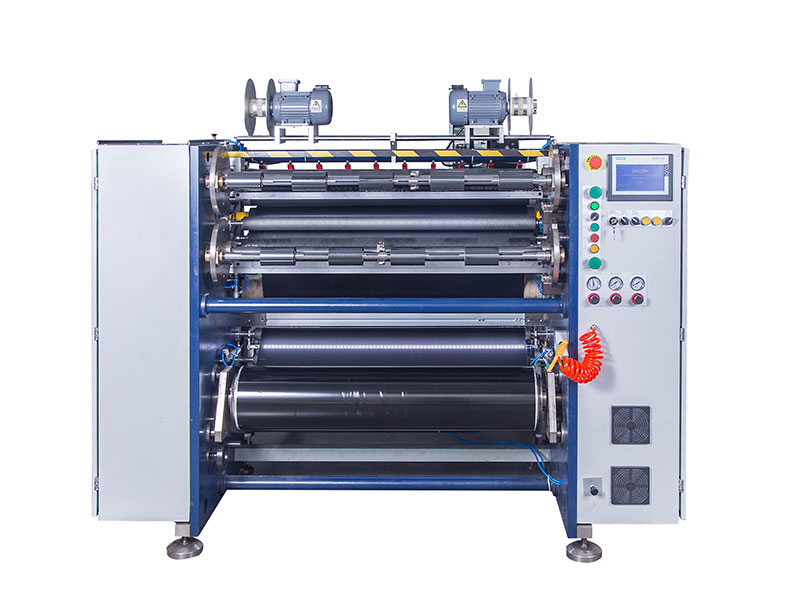
1. Device hardware upgrades
• High-temperature resistant tools and slitting systems
◦ Carbide or diamond-coated inserts are used to avoid too fast wear or deformation of the tool at high temperatures.
◦ Uses laser slitting technology (non-contact) to reduce mechanical stress and is suitable for brittle and high-temperature materials.
• Thermal stability structure design
◦ The slitting machine frame is made of materials with low coefficient of thermal expansion (such as cast iron or special alloys) to ensure mechanical accuracy in high-temperature environments.
◦ Critical components (e.g., tension shafts, guide rollers) add cooling systems (water/air cooling) or thermal insulation coatings.
2. Tension and slitting parameters are optimized
• Precision tension control
◦ Closed-loop servo control system is used to adjust the tension in real time (high-temperature resistant ribbons usually require lower tension to avoid tensile deformation).
◦ Temperature compensation sensor is installed to dynamically correct the tension fluctuation caused by the thermal expansion and contraction of the material.
• Slitting process adjustment
◦ Reduce the slitting speed and reduce friction heat generation; Optimize the blade angle (e.g. 20°~30° wedge angle) to reduce slitting resistance.
◦ For multi-layer composite ribbons, progressive slitting (pre-cut and then fine) is used to avoid delamination or edge burrs.

3. Environment and auxiliary systems
• Temperature and humidity control
◦ The workshop environment maintains a constant temperature (±2°C) and low humidity (< 40%), preventing moisture absorption or heat deformation of the material.
◦ Local temperature control devices (such as infrared heating or cold air systems) are installed in the slitting area to ensure that the material is in a stable processing state.
• Dust removal and lubrication
◦ Integrated electrostatic dust removal device to avoid high-temperature ribbon debris sticking; Use high-temperature resistant lubricants such as Teflon to reduce friction.
4. Material pretreatment and post-treatment
• Pre-slitting treatment
◦ Pre-bake the ribbon (such as 60°C~80°C constant temperature for 2 hours) to release internal stress and reduce shrinkage and deformation after slitting.
• Post-slitting inspection
◦ Use high-precision optical detectors (such as CCD cameras) to check edge flatness and reject coils with cracks or melt defects.
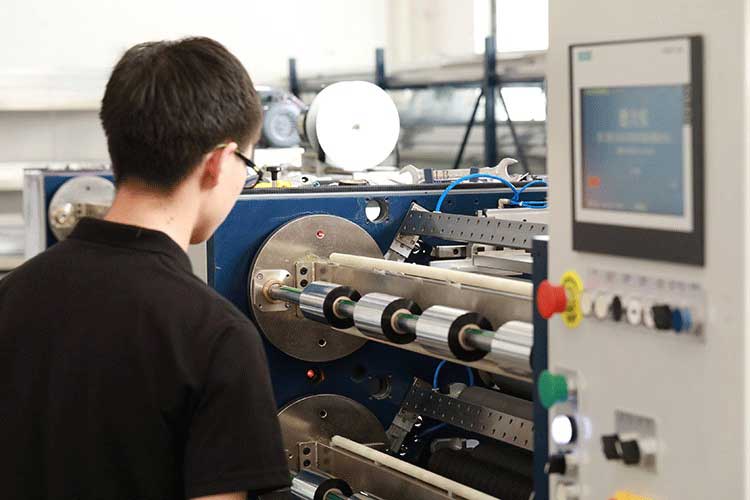
5. Dataization and intelligence
• Real-time monitoring system
◦ The temperature distribution of the slitting area is monitored by the infrared thermal imager, and the parameters are automatically adjusted by the linkage control system.
◦ Record historical data (e.g., tool life, slitting quality) and use AI algorithms to predict maintenance intervals or optimize processes.
6. Special case: high-temperature resistant resin-based ribbon
• Challenge: The resin softens at high temperatures leading to slitting sticking.
•Solution:
◦ Inert gas (such as nitrogen) is passed through to isolate oxygen during slitting to reduce material oxidation;
◦ Freeze-slitting technology (local cooling to -10°C or below) temporarily hardens the edges of the material.
Through the above comprehensive measures, the ribbon slitting machine can significantly improve the processing stability of special materials such as high temperature resistance, ensuring slitting accuracy and yield rate. In practical applications, fine-tuning is required based on specific material parameters (e.g., glass transition temperature, tensile strength), and equipment adaptability needs to be verified regularly.



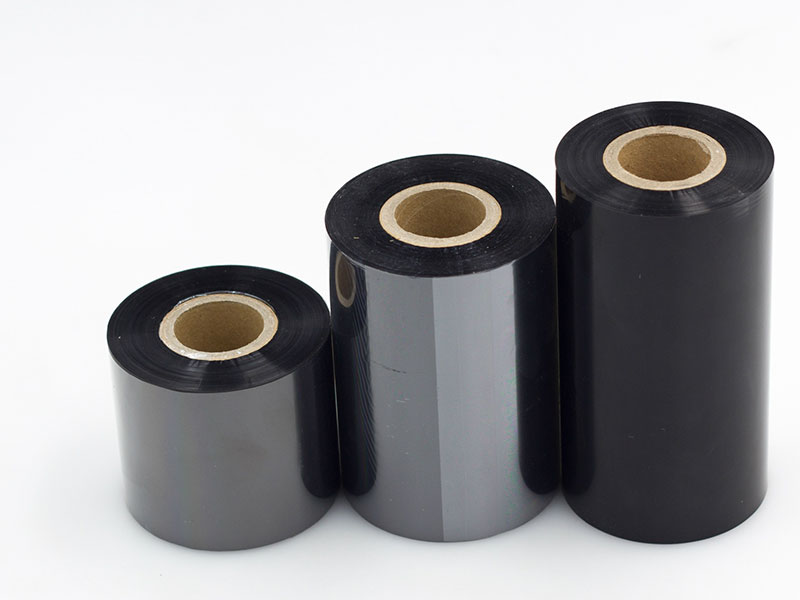
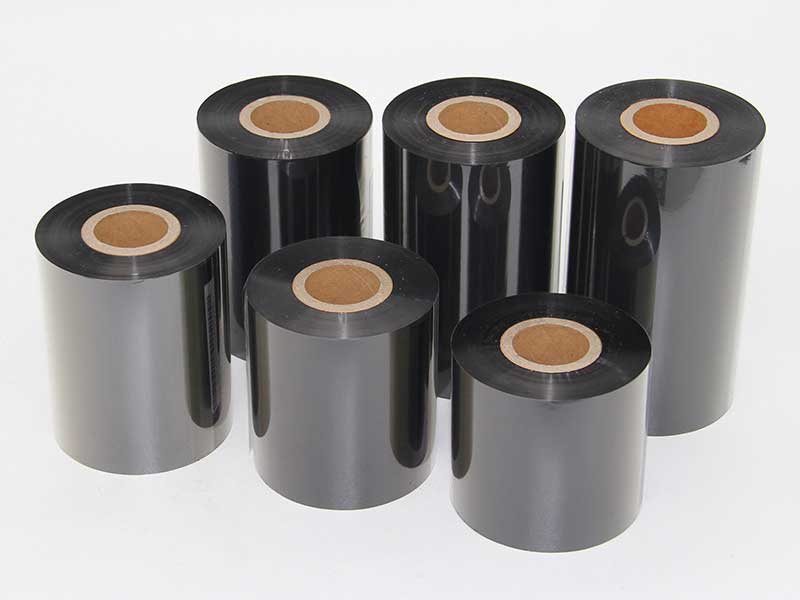
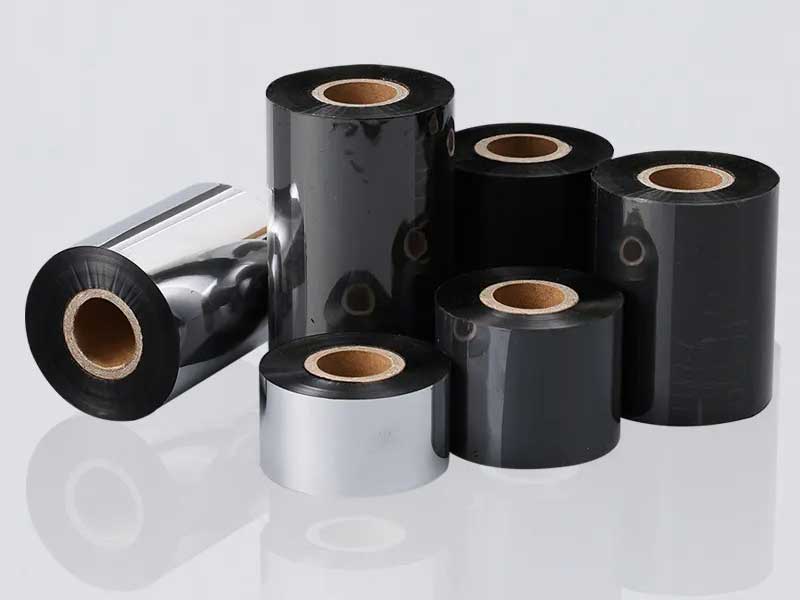
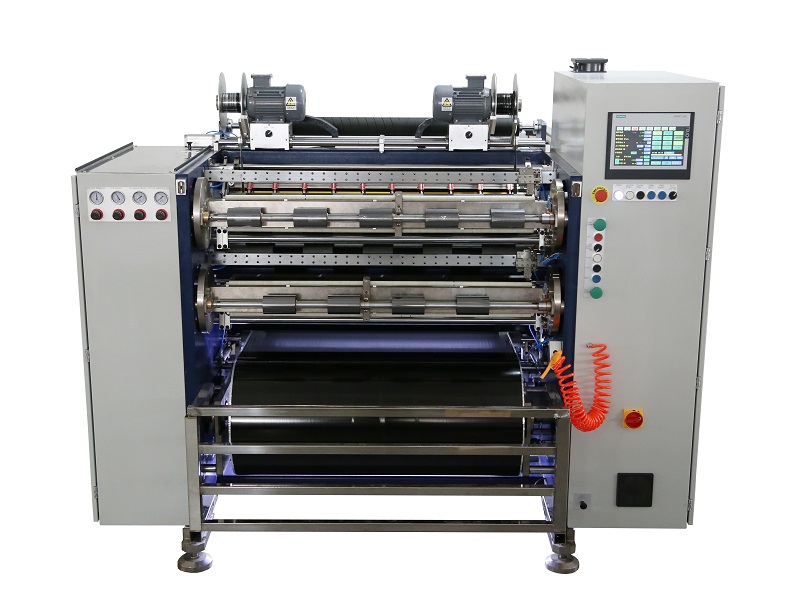 Fully Automatic TTR Slitter RSDS8 Plus
Fully Automatic TTR Slitter RSDS8 Plus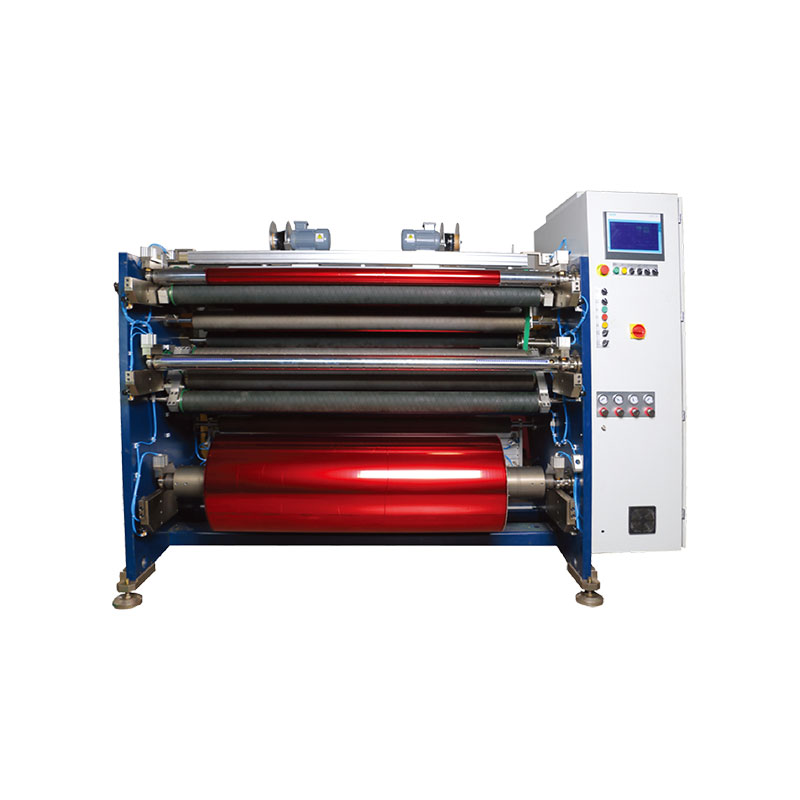 Hot Stamping Foil Slitter 1600mm
Hot Stamping Foil Slitter 1600mm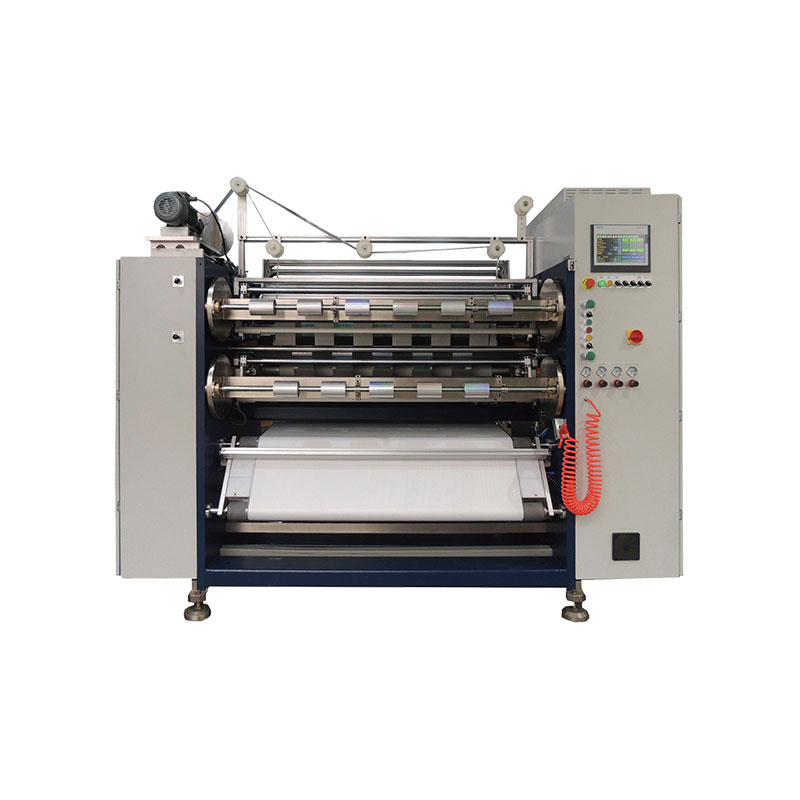 Hot Stamping Foil Slitter (4 Shafts)
Hot Stamping Foil Slitter (4 Shafts)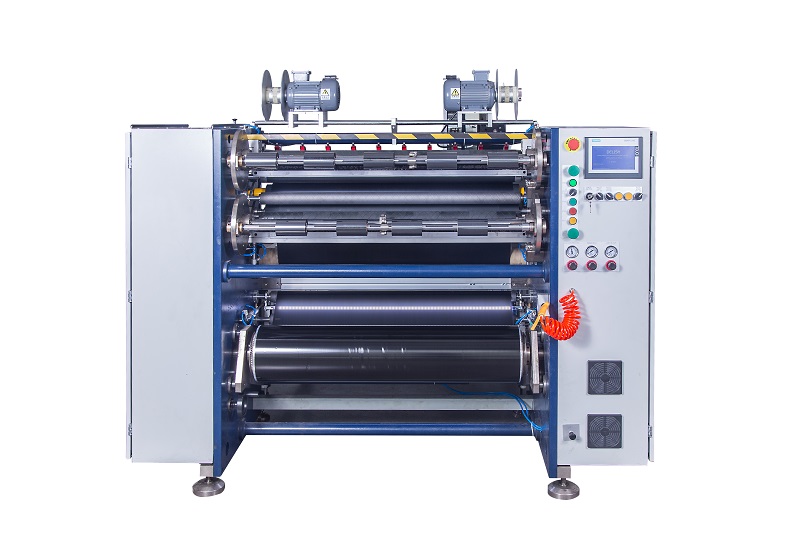 Semi-Auto TTR Slitter RSDS2 Plus
Semi-Auto TTR Slitter RSDS2 Plus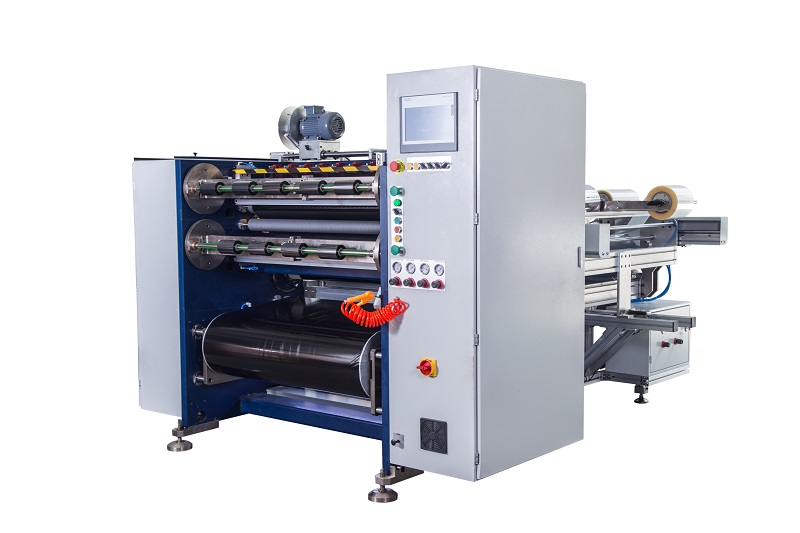 Semi Automatic TTR Slitter RSDS5 Plus
Semi Automatic TTR Slitter RSDS5 Plus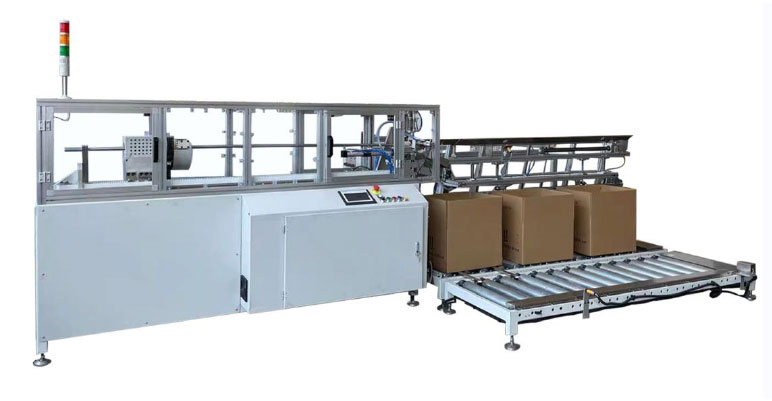 Auto Paper Core Cutter
Auto Paper Core Cutter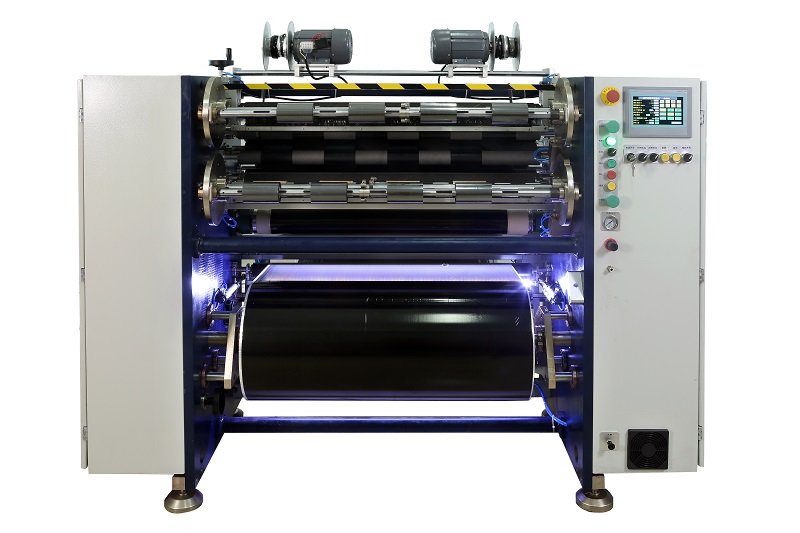 Manual TTR Slitter RSDS2
Manual TTR Slitter RSDS2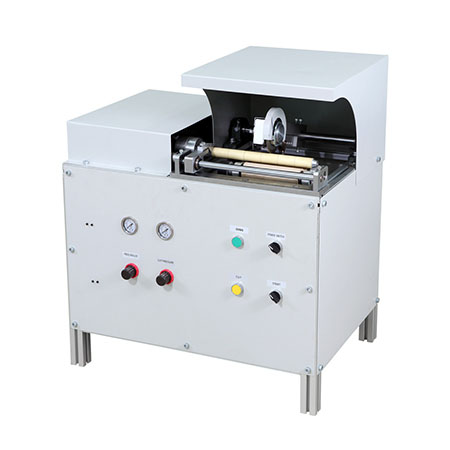 Manual Paper Core Cutter
Manual Paper Core Cutter





